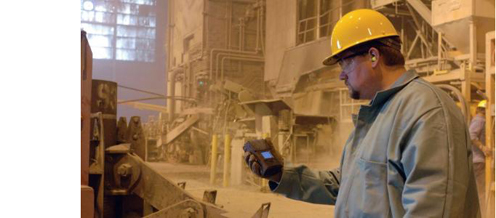
Around the World, a Death Occurs Every 20 Seconds Due to Poor Indoor Air Quality!
Chemicals and related odors can be sources of Indoor Environmental Quality (IEQ) problems in buildings. Odors are organic or inorganic compounds and can be both pleasant and unpleasant. Some odors can be health hazards and some are not. While chemical contaminants can originate from within the building, chemicals can also be drawn into a building from the outdoors as well. Reducing exposure to chemicals in the workplace is a preventative action that can lead to improved outcomes for worker health and the environment.
Construction and renovation projects in interior settings can adversely affect building occupants by the release of airborne particulates, biological contaminants, and gases. Careful planning for IEQ and the prevention of exposure during these activities is essential.
Before and during construction or renovation, management and building owners should:
Identify all key personnel including representatives from the building and the general contractor who are responsible for addressing construction or renovation-related activities and airborne contaminant control. Other personnel such as building staff, engineers, and subcontractors, should be involved as necessary.
Assure that construction/renovation workers are equipped with any necessary personal protection equipment such as N95 respirators , gloves, eye wear, head gear, and steel-toed boots.
Develop a plan describing anticipated work activities and their location, associated source contaminants, and areas potentially affected.
Schedule construction or renovation work during periods of low building occupancy or when occupants are not in the building.
Isolate construction work areas from occupied areas using appropriate areas to prevent migration of air contaminants from work areas to occupied areas. Dusts, fibers and contaminants can be released and carried to other areas in a building by heating, ventilating, and air-conditioning (HVAC) systems during construction and engineers on how to modify HVAC operations to ensure isolation of construction work areas from occupied areas.
Avoid storing construction materials and equipment in HVAC mechanical rooms.
Maintain an adequate unoccupied buffer zone around the work areas to allow for construction or renovation traffic. If work is being done when occupants are still in the building, a buffer zone could require temporarily relocating occupants in the immediate vicinity of the work areas.
